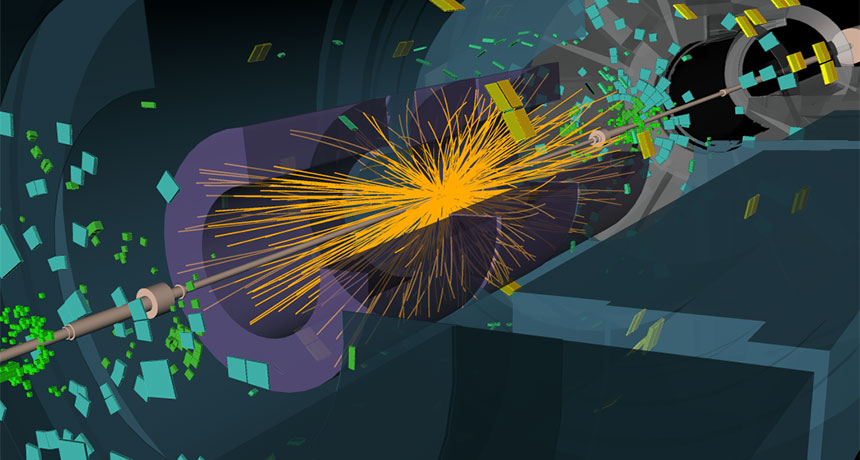Large Hadron Collider starts its 2016 physics run

The Large Hadron Collider is back in business. On May 9, after its regular winter hiatus, CERN’s particle accelerator outside Geneva officially began taking data from protons smashing together at nearly the speed of light. Scientists hope the collisions will reveal new discoveries about the universe and unearth exotic elementary particles.
In March, CERN physicists began the process of restarting the collider, but they hit a snag on April 29 when a weasel-like animal known as a beech marten decided to get up close and personal with the LHC. The furry creature caused a brief delay when it short-circuited the collider.
The LHC is now colliding beams of protons at energies of 13 trillion electron volts. In 2012, the LHC made its biggest discovery, the Higgs boson, while running at 8 trillion electron volts.
Scientists will be carefully monitoring the new data for anything unexpected. Theoretical physicists are still buzzing over hints of a possible new particle lurking in the previous round of LHC data. The new data could solidify those hints, or make them vanish.


